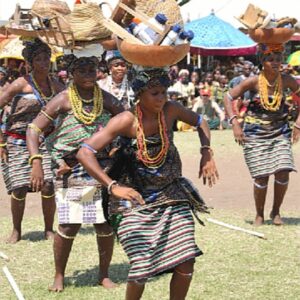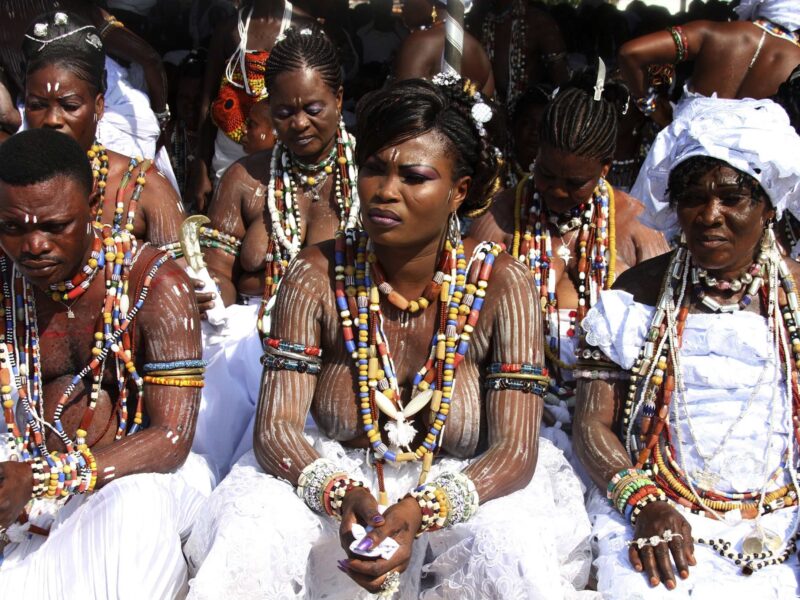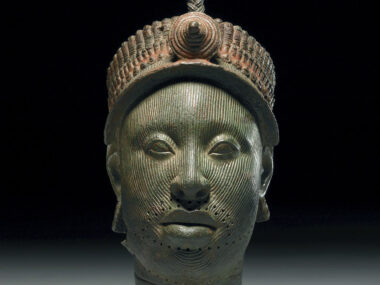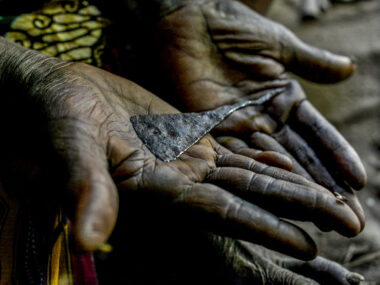Togolese traditional clothing represents a vibrant mosaic of cultural heritage and identity, woven intricately through centuries of history and tradition. From the richly patterned fabrics to the intricate designs, traditional attire in Togo reflects the diverse ethnic groups and their unique customs. This essay delves into the captivating world of Togolese traditional clothing, exploring its significance, symbolism, and evolution over time.

Historical Roots
The roots of Togolese traditional clothing can be traced back to ancient times when indigenous communities adorned themselves with locally sourced materials, such as cotton, silk, and raffia. These early garments were not only practical but also served as symbols of social status, spirituality, and cultural identity. Over time, the influence of trade routes and external cultures, including Arab, European, and other African civilizations, contributed to the evolution of Togolese attire, enriching its diversity and complexity.
Fabrics and Textiles
Central to Togolese traditional clothing are the vibrant fabrics and textiles that adorn both men and women. One of the most iconic fabrics is the ‘Kente’ cloth, characterized by its intricate patterns and bold colours. Originating from the Ashanti people of neighbouring Ghana, Kente cloth holds significant cultural and spiritual significance among various ethnic groups in Togo. Other popular textiles include ‘Faso Dan Fani,’ ‘Batik,’ and ‘Wax Print,’ each with its distinct patterns and meanings.
Styles and Designs
Togolese traditional clothing encompasses a wide range of styles and designs, reflecting the cultural diversity of the country’s numerous ethnic groups. For men, traditional attire often includes loose-fitting garments such as ‘Agbada’ or ‘Boubou,’ paired with trousers or shorts. These garments are typically embellished with intricate embroidery, handwoven patterns, or appliqué work, showcasing the craftsmanship and skill of Togolese artisans.
Women’s traditional clothing, on the other hand, is characterized by colourful wrappers, blouses, and head wraps. The ‘Kaba’ and ‘Slit’ ensemble is a popular choice among women, consisting of a loose-fitting blouse paired with a long wrap skirt slit on one or both sides. These garments are often adorned with elaborate embroidery, beadwork, or traditional motifs, signifying femininity, grace, and cultural pride.
Symbolism and Cultural Significance
Beyond their aesthetic appeal, Togolese traditional clothing carries profound symbolism and cultural significance. Each fabric, pattern, and design element conveys a unique message, reflecting aspects of identity, spirituality, and social status. For example, certain colours may be associated with specific rituals or occasions, such as white for mourning or red for celebrations. Likewise, geometric patterns and motifs often hold symbolic meanings, representing concepts such as fertility, unity, or protection.
Furthermore, traditional attire plays a crucial role in preserving cultural heritage and fostering a sense of community among Togolese people. It serves as a visible expression of cultural identity, connecting individuals to their ancestors, traditions, and ancestral lands. Through the wearing of traditional clothing, Togolese people reaffirm their roots and celebrate the diversity of their heritage, strengthening social bonds and collective pride.
Evolution and Adaptation
While traditional clothing remains deeply rooted in Togolese culture, it has also evolved and adapted to changing times and influences. Modernization, globalization, and urbanization have led to the fusion of traditional and contemporary elements in Togolese fashion. For instance, young people may incorporate traditional fabrics or motifs into Western-style clothing, creating unique hybrid styles that reflect their dual identities.
Additionally, the production and distribution of traditional textiles have been transformed by technological advancements and market demands. While handwoven fabrics and natural dyes continue to be prized for their authenticity and craftsmanship, machine-made textiles and synthetic dyes have become more accessible and affordable, widening the range of options available to consumers.
Conclusion
In conclusion, Togolese traditional clothing represents a vibrant tapestry of cultural heritage, identity, and creativity. From the intricate weaving of fabrics to the symbolic embroidery of motifs, traditional attire embodies the rich diversity and resilience of Togolese culture. As Togo continues to navigate the complexities of modernity and globalization, traditional clothing remains a powerful symbol of cultural pride and continuity, connecting past, present, and future generations in a shared celebration of heritage.










